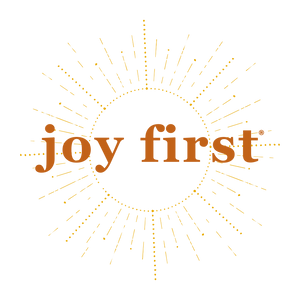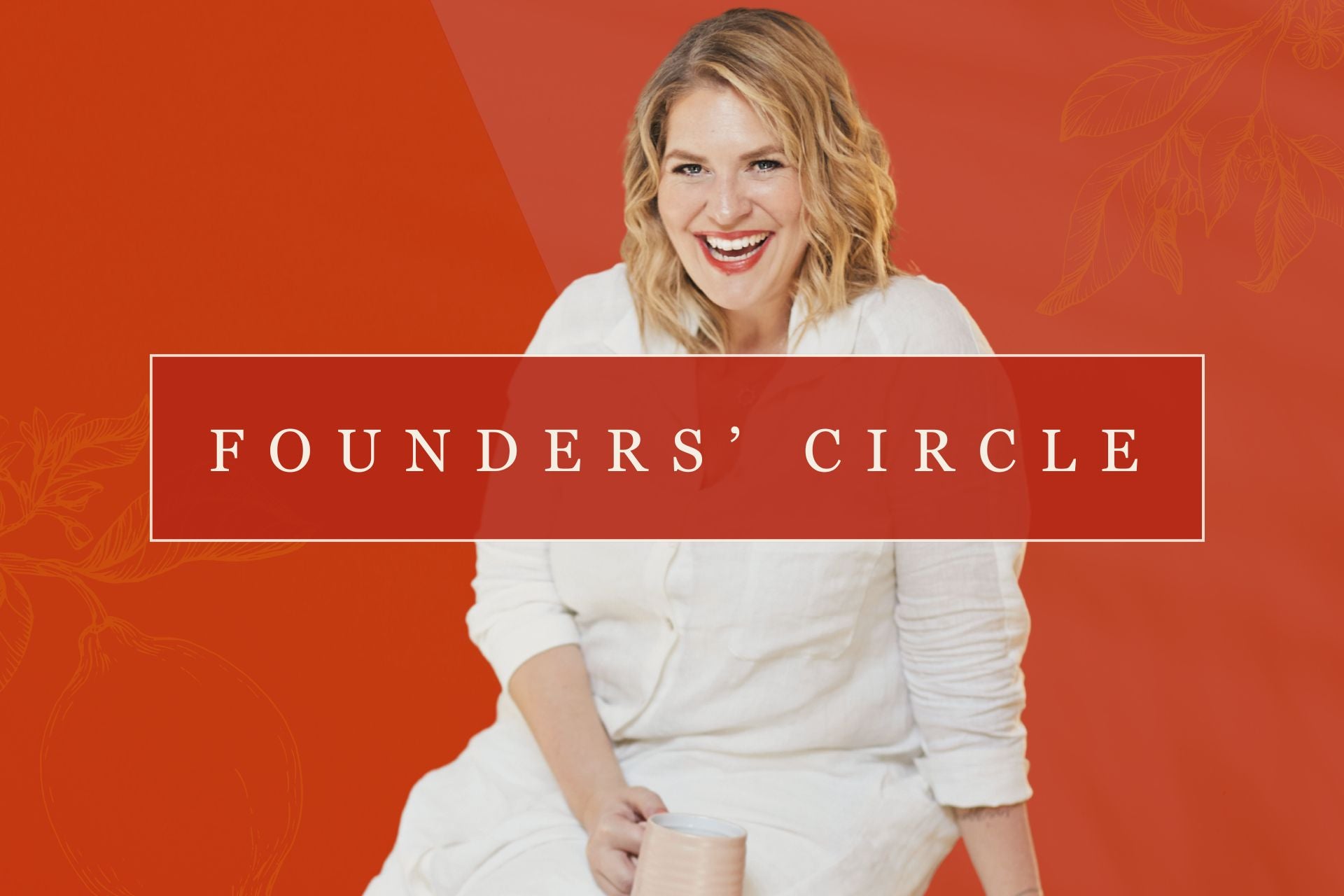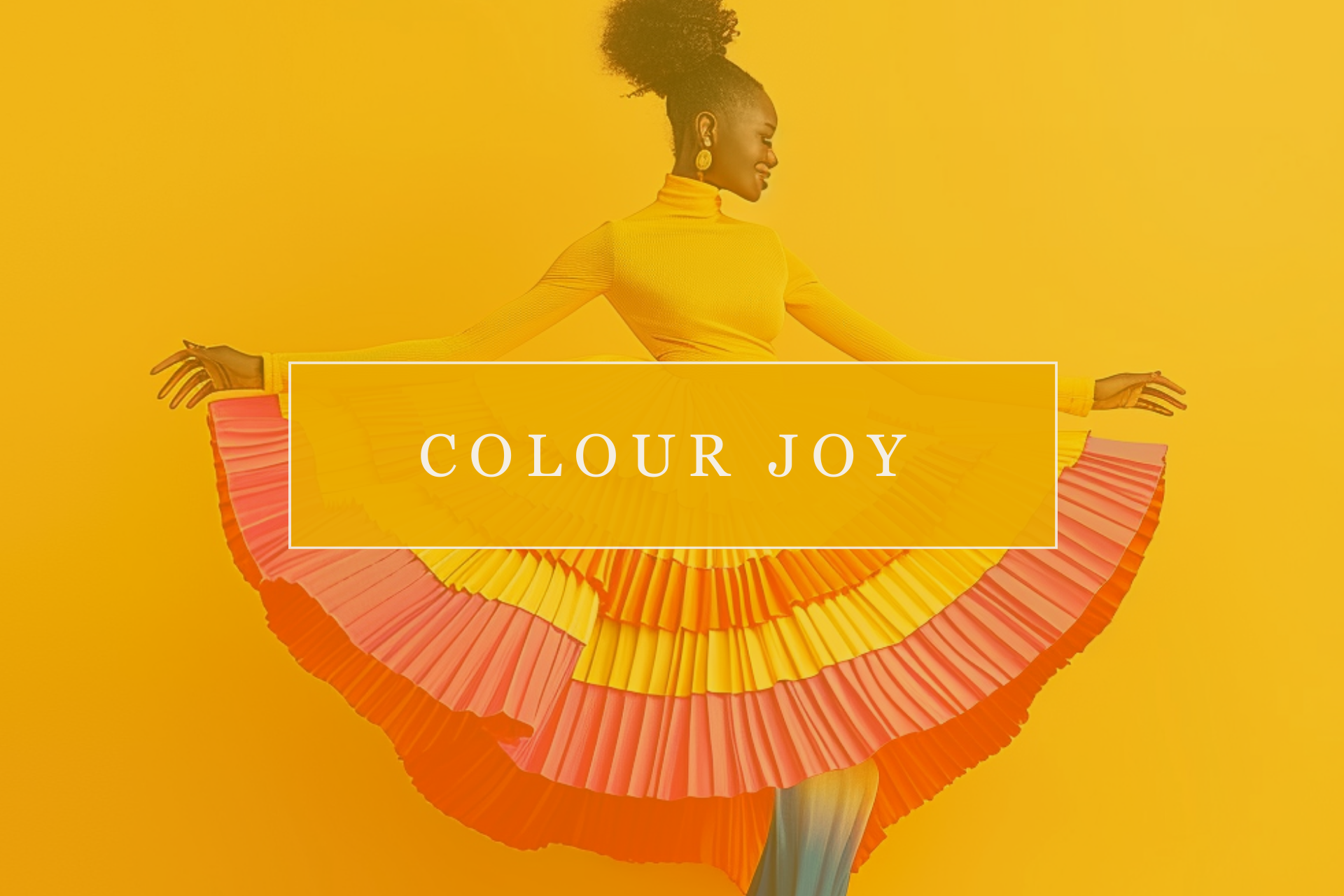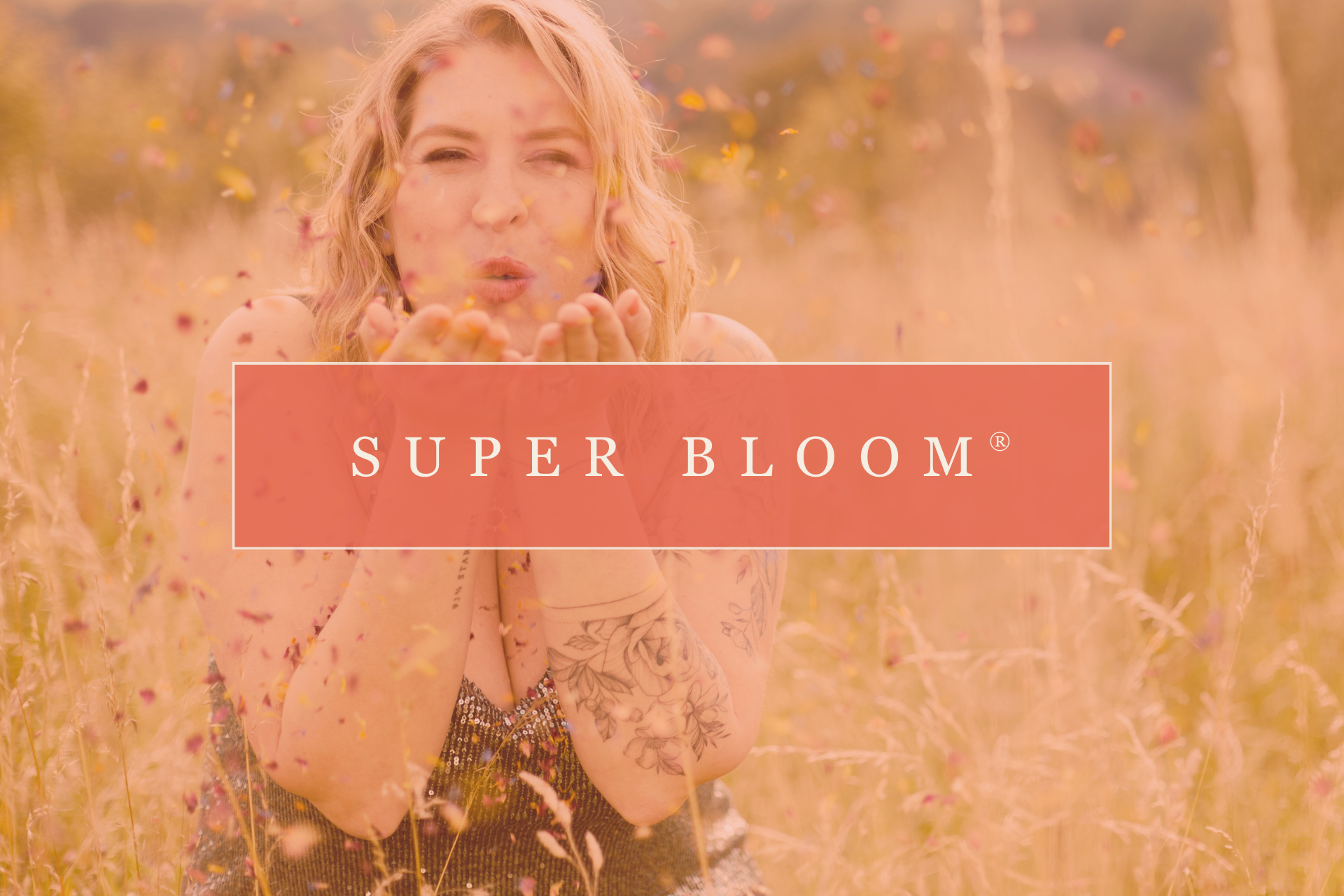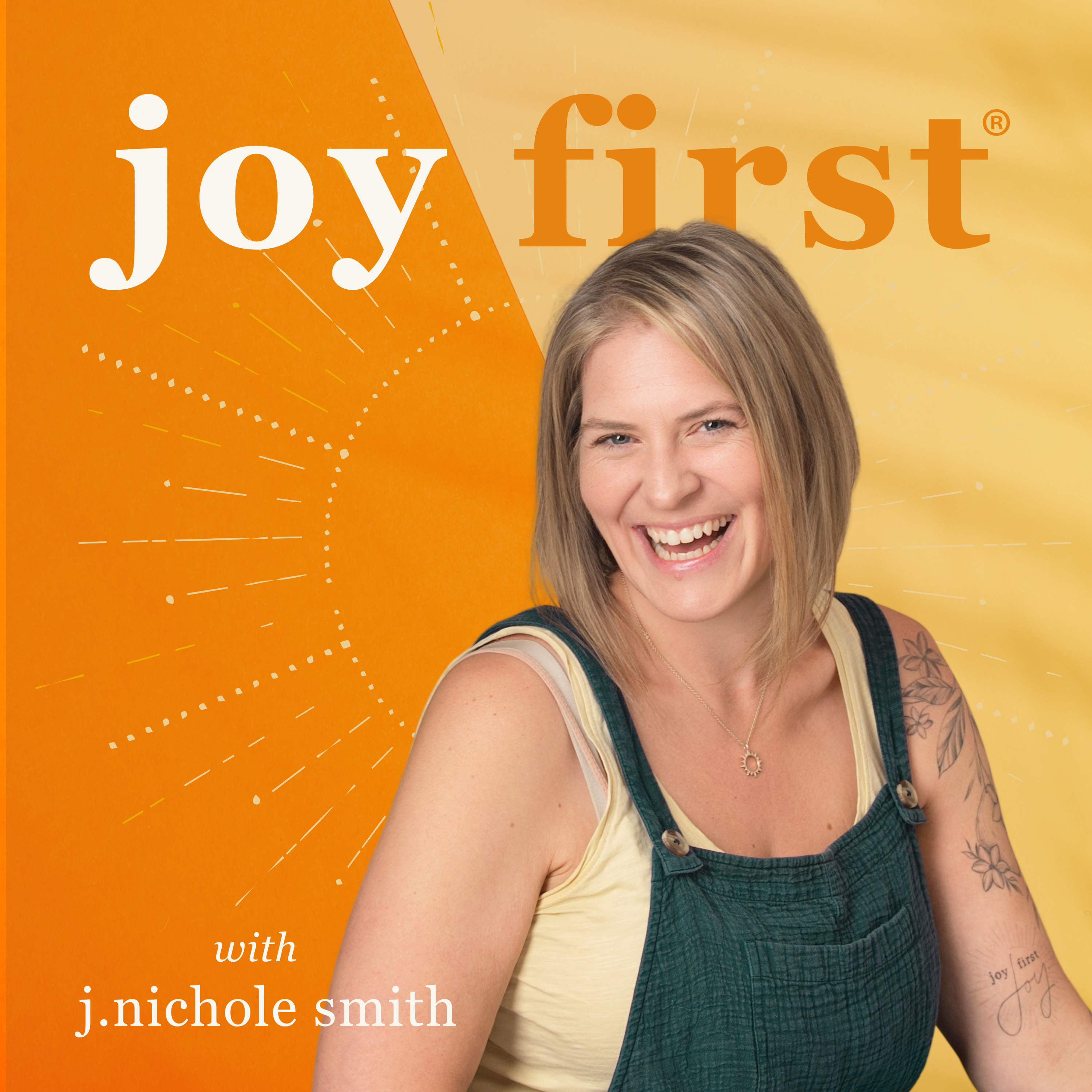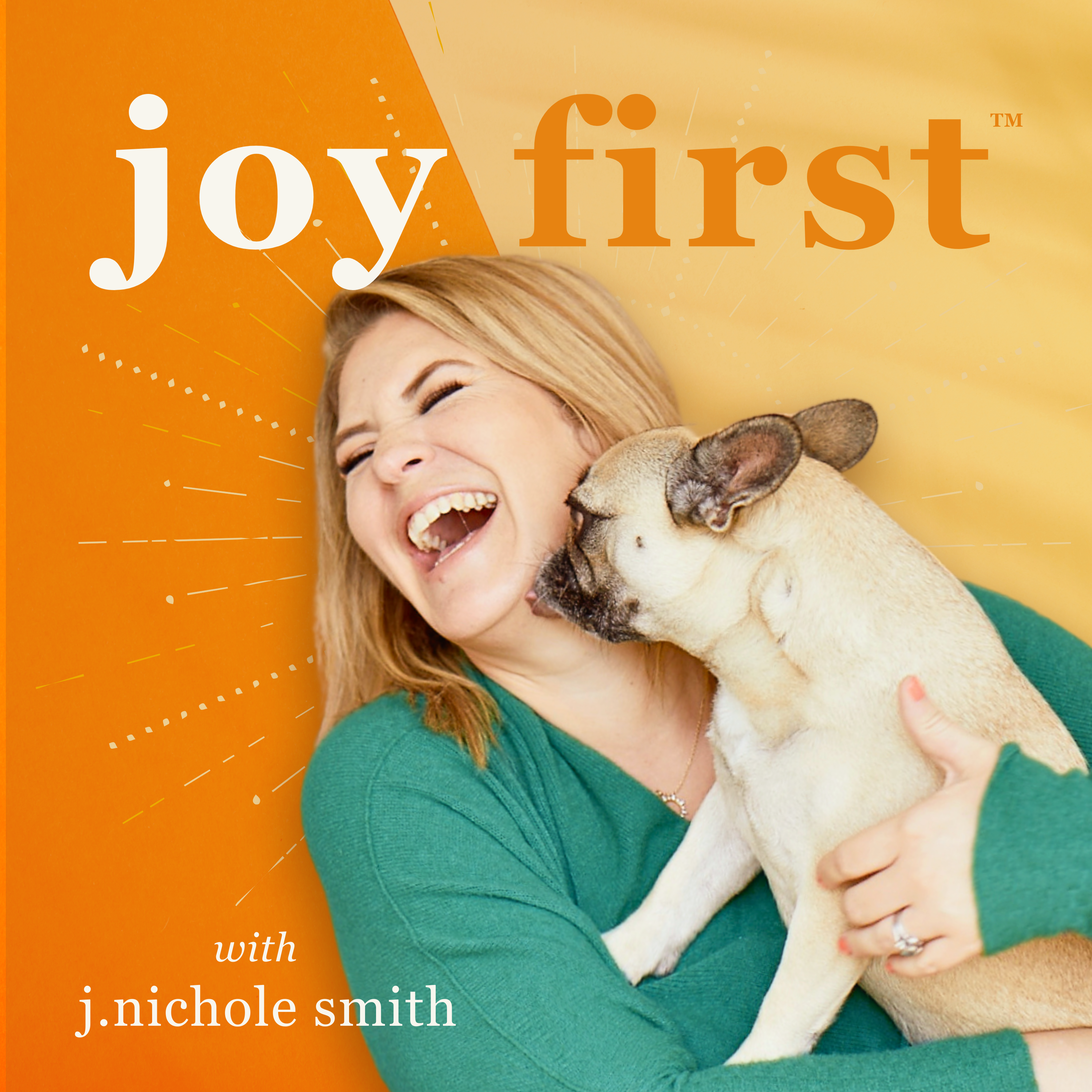Finding Your Brand’s Bliss Point
TL;DR
-
The “bliss point” isn’t just for snack foods: your brand has one too.
-
It lives where Purpose (why it matters to you) overlaps with Product Fit (what the market will pay for).
-
When those align, work feels easier, results improve, and demand compounds.
-
My 2024 lesson: I built a powerful program but had to reposition and re-scope for true scale, which led me to create Citrus which hit the bliss point for us and our founder clients.
There’s also a third circle beyond Purpose and Product Fit: Psychological Consistency. Where you master the most important 3 seconds in your business.
Resources Mentioned:
🍊 Citrus: 48 hr brand refresh using the Colour Brand® method
https://go.joyfirstworld.com/citrus
🎯 Whyfinding® | Brand in a Week | Super Bloom® - Our VIP branding experiences
https://go.joyfirstworld.com/branding
🎓 FREE Masterclass - Future-Proofing your Brand: Complete framework (all 3 circles)
https://go.joyfirstworld.com/future
Finding Your Brand’s Bliss Point: The Story and the Lesson
You might not believe this, but when I moved to the UK, one of the things I missed most was Cheetos. I know it sounds ridiculous, but they don’t have crunchy Cheetos here.
I’ve always assumed that’s because of how beautifully the EU protects food, there must be something in Cheetos we shouldn’t be consuming.
More recently, it came out that both Cheetos and Doritos have to remove the neon orange coloring. I’m guessing that might be it, though Doritos are allowed here, so who knows.
Up there with Cheetos for me are Krispy Kreme donuts and Reese’s Peanut Butter Cups. Total comfort supreme. They’re the foods I simply cannot ignore when I see them. There’s always the odd Krispy Kreme situation happening at a roadside service station, and it takes all my willpower not to walk out with three originals.
I’ve known for a long time that food is a big part of my joy.
But I didn’t realize that the specific food moment I was having with Cheetos and Krispy Kremes and Reese’s actually has a name: The Bliss Point.
The Bliss Point (and Why It Matters for Brands)
Just like social media companies engineer addictiveness, food scientists engineer food to be irresistible, testing and refining until they reach that perfect balance of sugar, salt, and fat that creates maximum satisfaction and craving.
It’s the point where all elements align so perfectly that your brain says, “More please.”
And that, I realized, is the perfect metaphor for a brand that gets everything right.
When a brand hits its own Bliss Point, people step into your world and instantly say:
“Yes, more please.”
They binge your content, buy whatever they can afford, and want to stay in your world long-term.
This feeling isn’t accidental, it can be engineered.
This is the Bliss Point for your business.
The Three Ingredients of a Bliss Point Brand
Just like sugar, fat, and salt in food, your brand needs three essentials in balance.
Today we’ll focus on the first two, the foundation, and touch on the third later.
-
Purpose — what you’re passionate about, why your work matters, the change you want to create in the world.
Purpose gives you deep motivation and creates emotional resonance with your audience. -
Product Fit — what you’re uniquely capable of delivering, combined with what the market actually wants (and is willing to pay for).
When these two align, you have a meaningful, profitable business, work that fulfills you and pays well.
The Missing Alignment Most Founders Struggle With
After 20 years working with entrepreneurs, I’ve noticed that most founders operate with one of these two, but not both, rarely purpose and product fit, let alone the third ingredient (which we’ll get to later).
-
Some are passionate about making something nobody’s buying.
-
Others are selling something that works but doesn’t light them up.
-
Many bounce between the two, exhausted, confused, and unsure why nothing feels “right.”
Sound familiar?
You might be thinking, “Yes, I know my why, but my product isn’t selling.”
Or “I’m making money, but I hate everything we’re doing.”
Let’s talk about how to fix that.
My 2024 Wake-Up Call: When I Lost My Own Bliss Point
If you’ve been in my world, you’ve heard me mention how challenging the last 18 months have been. Like everyone, I’ve felt the impact of AI, economic insecurity, shortened attention spans, and political chaos. It’s been a lot.
But 2024 started strong.
I had an incredible team, the biggest and most experienced I’d ever built.
We had systems, rhythms, clear goals, and a roadmap for the year.
I’d just bought back one of my companies, removing partnership tension, and we’d launched a new product that members loved.
We even signed a six-figure brand-building project that would run most of the year, and were about to launch Super Bloom, my new “Done With You” branding program. I’d even hired a top-tier brand manager, my biggest-ever investment in team support.
Everything looked aligned.
And Then… Everything Got Complicated
One of my partners ghosted, leaving us to fix, finish, and fund a project she’d already been paid for.
Team costs skyrocketed.
Super Bloom hadn’t yet hit its financial targets.
And the business I’d bought back had high inherited costs I hadn’t fully seen.
Suddenly, the math wasn’t math-ing.
I cared deeply about my team, but tough financial decisions had to be made.
At the same time, I saw the writing on the wall with AI, particularly for my pet stock photo site and marketing membership. Both were about to become irrelevant, and I had to sunset them even though they’d been reliable revenue sources and communities I loved.
Then came the biggest realization:
Despite months of work and investment, Super Bloom was misaligned.
What I Built (and What Went Wrong)
Super Bloom was the culmination of everything I’d learned in 20 years, a “juicy,” transformation-driven brand-building program that blended strategy, design, and execution.
It was meant to help founders make key decisions, complete essential exercises, and come out with a psychologically consistent brand.
It worked — beautifully.
Students’ brands were gorgeous, and their transformations were profound.
But… many weren’t finishing.
-
It was too heavy.
-
It required too much time.
-
Scaling it meant building a full-blown agency (which I didn’t want).
-
And when early-bird pricing ended, it became too expensive for most of my audience.
Even though the value was there, the fit was off.
The Gap Between Vision and Viability
The turning point came when I realized Super Bloom wasn’t a course with “done-for-you” at the end.
It was a done-for-you brand experience with deep strategy at the start.
Once I reframed and raised the price, results soared, but accessibility dropped. At $10,000, it was out of reach for most of my audience. And while I’ll always advocate for investing in brand, I also know it has to be proportionate to where your business is. For many founders, it just wasn’t realistic.
So there I was:
-
A brilliant, transformative product,
-
A misfit market,
-
And an exhausted founder who needed to rethink everything.
The Birth of Citrus: Finding the New Bliss Point
After letting the dust settle, I asked myself:
“How can I deliver real transformation faster, easier, and more affordably, without building a giant agency?”
The answer came through AI.
I began building custom GPT co-pilots infused with my Colour Brand® method, connecting positioning, archetype, and messaging logic, so each step flowed into the next.
I embedded my 10,000+ hours of research, color psychology, brand strategy, examples, and logic trees into these AI tools.
The result was Citrus, a rapid, AI-assisted brand refresh system where founders can complete a full brand transformation in 18–24 hours of focused work.
And I can confidently say: we found the bliss point.
Why Citrus Works
-
It’s scalable for me.
-
It’s affordable and accessible for founders.
-
It delivers exceptional, psychology-backed outcomes that outperform anything else near its price point.
It’s already outsold every non-1:1 offer I’ve ever launched.
And it’s the first time I’ve truly cracked the code of making high-quality brand transformation accessible at scale.
Finally, I can make the Colour Brand® method and applied color psychology accessible without needing to teach design or color theory in depth.
Why Purpose and Product Fit Matter So Much
Finding your bliss point requires an honest look at two essential elements:
-
Purpose — what truly drives you and gives your work meaning.
-
Product Fit — what you’re uniquely capable of delivering that people actually want and will pay for.
Purpose without product fit is just a passion project that doesn’t pay.
Product fit without purpose is profitable, but soul-sucking.
You need both.
And sometimes, like me with Super Bloom, you have to let go of something you’ve invested in to create what’s actually needed.
Step One: Discover Your Purpose
Purpose is about why your work matters.
It’s the deeper reason you’re doing what you do beyond making money or supporting your family.
When I define my own purpose, it’s to co-create a Joy First® world — empowering entrepreneurs, especially women-led businesses, to build purpose-driven, psychologically consistent brands that make a positive impact.
Before I found that clarity, I would have said I help entrepreneurs find freedom and fulfillment by building brands instead of just businesses.
It meant the same thing, but it lacked the emotional power that joy brings.
Why Purpose Matters
-
It creates clarity. Every decision becomes easier when you ask, “Does this serve my purpose?”
-
It sustains you through hard times. Purpose fuels resilience.
-
It makes your work meaningful. You stop chasing money and start building legacy.
-
It energizes your marketing. When you care deeply, sharing your message feels joyful, not icky.
Common Purpose Traps
-
Generic Purpose Statements:
“I want to help people live their best lives.”
→ Nice sentiment, but not specific or compelling enough. -
Borrowed Purpose:
Doing what you think you should, instead of what truly lights you up. -
Passion Without Profit:
A project that matters deeply, but doesn’t serve a paying market.
Questions to Help You Find Your Purpose
Grab a notebook and write down real, unfiltered answers — not what you think sounds good.
-
What makes you angry or frustrated about your industry?
-
What change do you want to see in the world?
-
What would you keep doing even if it was harder or less profitable?
-
What legacy do you want to leave?
-
If money wasn’t a factor, what impact would you want to have?
-
Who are you most fired up to help?
Then, go deeper:
When you answer one of these, ask yourself “Why?” and then “Who cares?”
Keep asking until you hit something that stirs emotion. That’s your purpose.
When You’re Stuck
If your purpose feels foggy, you might need a mirror — someone to help you see it.
That’s why I’ve built my Whyfinding® Copilot, which walks you through my signature “Why Mapping” process — the same one I’ve done live with founders for over a decade.
You can access this inside Citrus as an upgrade.
It’s one of the most powerful, affordable ways to uncover your purpose with clarity and confidence.
Step Two: Identify Your Product Fit
Product fit means you’re doing work that combines your unique capabilities with what the market actually wants.
Ask yourself:
-
What are you naturally excellent at, not just skilled, but world-class potential?
-
What are people already asking for, buying, and willing to pay for?
Where those overlap, you find your product fit.
Your Capabilities: What You Do Best
This includes:
-
Natural strengths and talents
-
Developed skills and expertise
-
Unique experiences and insights
-
Resources or systems you already have access to
Your unique combination of these creates your competitive advantage.
Examples:
-
Apple’s core genius is design, not price, not features, but beauty and intuitive simplicity.
-
Your genius might be storytelling, connection, transformation, or curation.
The point is to build your brand around your zone of excellence, not your “I could probably do that” skills.
Product Fit Traps
-
Building around acquired skills instead of natural genius
-
Doing what’s profitable but drains your energy
-
Ignoring what comes easily to you because it feels “too easy”
-
Assuming if it’s easy for you, it must be easy for everyone (it’s not!)
Questions to Uncover Your Genius
-
What do people constantly compliment you on?
-
What feels easy for you but hard for others?
-
What unique mix of skills or experiences do you bring?
-
What could you teach someone to do really well?
-
What do people say “I could never do that” about?
Write it all down. Then notice patterns.
Understanding Market Demand
Being excellent isn’t enough. You also need demand.
True market demand is what people will actually pay for, not what they say they want.
Watch for:
-
Repeated complaints or frustrations in your industry
-
Common questions or unmet needs from your clients
-
Patterns in what people are buying elsewhere
-
Competitor gaps or bad reviews you could solve better
Avoid These Pitfalls
-
Assuming people want what you think they want
-
Ignoring evidence that contradicts your vision
-
Believing “if I build it, they will come”
-
Confusing compliments with buying intent
Purpose + Product Fit = The Bliss Point
When purpose and product fit overlap, everything shifts.
You’re doing work that:
-
Feeds your soul and your bank account
-
Feels meaningful and marketable
-
Attracts ideal clients naturally
-
Builds loyalty, confidence, and magnetism
This is what I call The Bliss Point.
It’s the sweet spot where your work energizes you instead of draining you.
You make money without compromising your values.
You grow with ease because you’re doing what you’re meant to do.
The Venn Diagram Exercise
Draw two circles that overlap:
-
Left: Purpose and passion (why you care)
-
Right: Market demand (what people want and pay for)
Now map your products, services, or offers:
-
If it’s meaningful but not selling → left side
-
If it’s profitable but soul-sucking → right side
-
If it does both → the overlap in the middle
That middle is your Bliss Point.
Common Fears That Block Alignment
“If I narrow, I’ll miss opportunities.”
Actually, the opposite happens.
When you focus, your brand becomes clearer and more referable.
Turning some people off turns your right people on.
“I’ve invested too much to change.”
That’s the sunk cost fallacy.
Staying on a sinking ship just because you built it doesn’t make it float.
“People will think I failed.”
They won’t. They’ll think you evolved.
Every thriving brand pivots. It’s growth, not failure.
“I don’t want to lose my identity.”
Your identity isn’t your offer. It’s your essence.
You can evolve your business and still be you.
What Happens When You Find It
When you’re operating at your Bliss Point:
-
You’re lit up by your purpose.
-
You’re confident in your skills.
-
You’re creating work that people actually want.
-
Marketing feels exciting, not forced.
-
Sales flow more easily because people feel your energy.
-
Word-of-mouth compounds naturally.
It becomes a self-fulfilling cycle joy fuels success, and success fuels joy.
The Third Circle: Psychological Consistency
We’ve talked about purpose and product fit, but there’s a third element that completes the Bliss Point:
Psychological Consistency.
This is about how your brand looks, sounds, and feels — your first impression.
You might have the right purpose and product, but if your visual and emotional signals are off, people won’t connect.
It’s not just what you offer or why you offer it. It’s how you present it.
-
Are your colors creating the right emotional response?
-
Does your messaging make people feel seen?
-
Does your design signal your value?
-
Do you create instant trust and resonance?
In a world flooded by AI-generated sameness, authentic, emotion-led branding is the ultimate differentiator.
The Colour Brand® Method: Bringing It All Together
For the last 20 years, I’ve built and refined the Colour Brand® Method — a psychology-based system that blends color psychology, archetypes, messaging, and positioning to create emotionally aligned brands fast.
This method is what powers:
-
Brand in a Week — my high-touch agency offer
-
Super Bloom — my done-for-you brand experience
-
Citrus — my new, scalable, AI-assisted brand refresh system
All three walk clients through these three circles:
-
Purpose
-
Product Fit
-
Psychological Consistency
Together, they create brands that are magnetic, meaningful, and profitable.
The Next Step: Free Masterclass Invitation
To help you see the full framework in action, I’m hosting a free masterclass:
You’ll Learn:
-
How to audit all three circles in your business
-
The full Bliss Point framework
-
The Colour Brand® checklist for psychological consistency
-
How to apply it all in one weekend
You’ll leave with clarity on:
-
What’s working
-
What’s misaligned
-
And how to fix it fast
Whether you DIY your brand, use Citrus, or hire an agency, this framework will change how you think about branding forever.
👉 Join the waitlist via the link in the show notes.
The Future Belongs to Joy First® Brands
The founders who align purpose, product fit, and psychological consistency will lead the next era of business: the Joyconomy.
These are the brands that will thrive as AI reshapes everything, because they’ll be:
-
Clear
-
Human
-
Emotionally resonant
-
Joy First
And that’s who I want to do business with.
Because the world doesn’t just need more products, it needs more Joy First® brands operating from their bliss point.
Thank you for listening.
Next week: The Profitability of Positivity: Why Joy Is the #1 Business Strategy Right Now.
